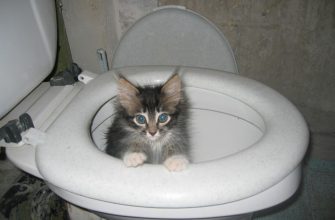Everyone knows about a cat’s reactions to water but bathing is a necessary and very important hygienic process that allows you not only to wash stubborn dirt your cat from and reduce the amount of loose hair, but also to have a beneficial effect on your cat’s skin and coat. In this article we will talk about how to bathe the cat properly.
In any case, all the benefits of bathing the cat are enjoyed only by humans. For the cat, even one the most prepared for this event, will definitely will not enjoy it and will do her best to avoid it, often injuring the owner, and in some cases, herself. To prevent all of this, you need to prepare the cat for the upcoming procedure, following some of these recommendations.
Choosing a pet shampoo which is friendly for your cat is not easy and you may need to experiment. This is important, because cats, like humans, have different skin and hair types.
Getting your pet used to hygiene procedures should be starting as early as possible. A kitten that has been used to water since its very first months will allow itself to be bathed much more easily and quietly.
Before you attempt to bathe the cat, trim her nails carefully in order to avoid injury and damage to the surface of your bathroom.
Also brush your cat with a metal comb to remove any loose or old fur.
Before you start bathing, you clean your cat’s ears.
Equip the place that you will use for the bathing process; a bath or a bowl, water, towels and shampoo – all these supplies should be at hand and easy to reach. Otherwise, while you are trying to get to a shampoo, the cat may just jump out and escape.
When everything is ready, you can start bathing the cat. This procedure is quite difficult, especially if the cat is not used to water. The shampoo should either be special for cats, or, as an acceptable alternative, any women’s shampoo for normal hair can be used. When lathering the cat’s fur try to ensure that shampoo does not get into the cat’s eyes and ears area; it’s better to wash the cat’s body first, avoiding the head.
Shampoo will have to be applied more than once. Use a separate shampoo for the cat’s head: either a special one for kittens and puppies, or a baby “without tears” shampoo. Rinse the cat thoroughly – any shampoo should be washed off completely. At the end, you can use a conditioner as an option, but keep in mind that some breeds do not need that at all. Once the bathing process is over, wipe your cat with a warm towel, comb and dry her.







